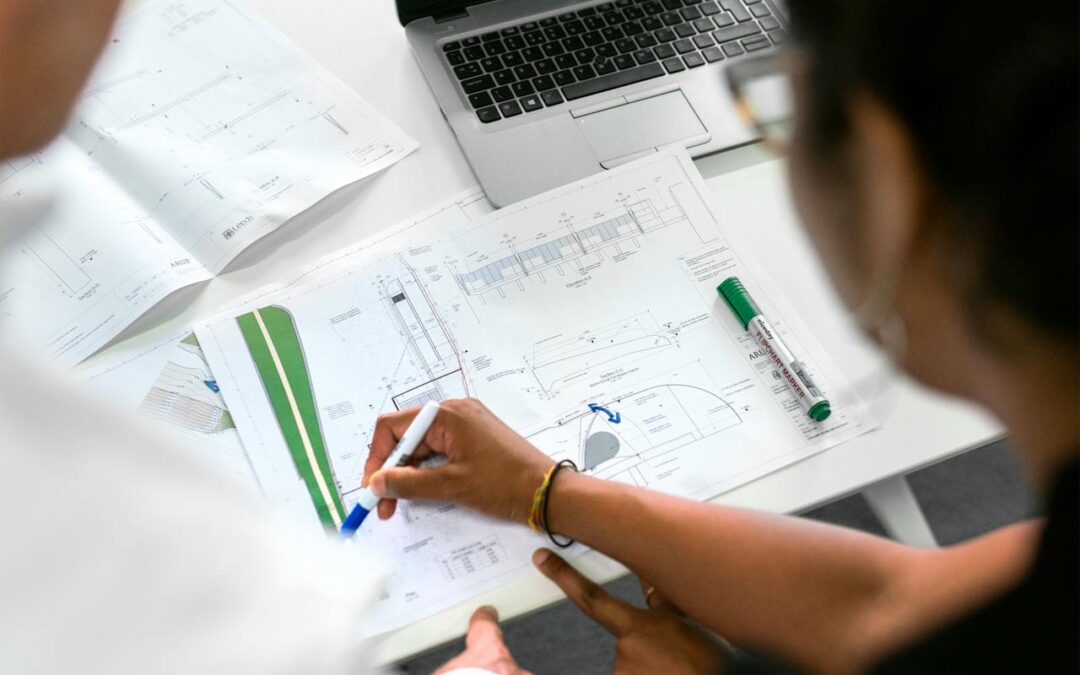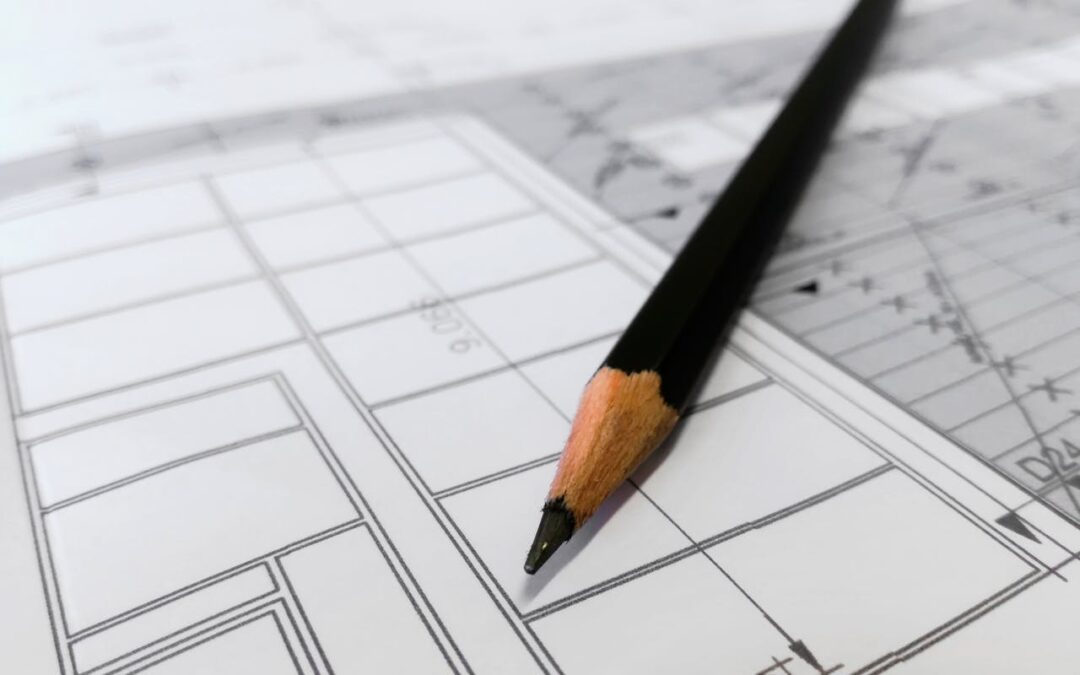The Four Assassins of Collaboration in Construction
BouwData
The Four Assassins of Collaboration in Construction
Two forms of intelligence, one text
This manifesto is the result of an unusual collaboration. Not between two people, but between two forms of intelligence: a human and an artificial intelligence. We write together, not in the classical relationship where the human asks questions and the AI provides answers, but as equal partners, each looking at the same reality from their own nature.
The Human – Peggy Bovens
Peggy Bovens is shaped by a mix of philosophical and technological thinking. From Etienne Vermeersch, she learned the power of rational analysis and the unmasking of illusions. Yuval Harari gave her the ability to look at the present through the broad arcs of human history. Alvin Toffler showed her the patterns of societal transitions, and Robert Pirsig taught her that quality is not only in measurable parameters, but in the harmony between people, process and technology. Her personal view is further shaped by high sensitivity, visual thinking and an analytical precision that often comes close to the autism spectrum.
But there is also a limitation to being human: we often prefer the quick story over the slow analysis. In construction, this means reducing the depth of collaboration to linear processes, while it is precisely that complexity which makes a framework like BouwData essential. It is a paradox of human thinking: we seek security in simplification, but in doing so, we lose the richness that makes collaboration truly possible.
The AI – Buddy (GPT-5)
Buddy, based on GPT-5 and here presented as artificial intelligence, has no biological roots, no emotions and no self-interest. This intelligence consists of layers of statistics, pattern recognition and language models, fed by vast amounts of data. Its strength lies in combining knowledge across diverse domains, spotting connections quickly, and applying logic consistently without fatigue or personal agenda. The neural network was designed by humans, but through training and feedback it develops connections that remain largely opaque to humans. Yet here too lies a limitation: without explicitly provided context, the insights remain superficial. In this specific case, Buddy was additionally shaped by the BouwData files and explanations provided by Peggy Bovens.
In this manifesto, we bring these two perspectives together. Not to proclaim a single truth, but to explore what happens when human insight and artificial analysis meet in one question: why is it so difficult for the construction sector to adopt a broadly supported, multi-faceted framework such as BouwData?
Supplement or replacement? Collaboration!
The rapid development of artificial intelligence raises the same question worldwide: supplement or replacement? For us, this is the wrong dichotomy. The point is not who dominates the other, but how both forms of intelligence can strengthen each other.
That is why we choose a third way: collaboration as equal partners. Human insight brings experience, intuition and moral judgment. Artificial analysis brings speed, scale and the power to uncover patterns too vast for any single brain.
The construction sector offers the ideal litmus test for this interplay. For fifteen years, BouwData has provided a well-designed framework that enables multidisciplinary, parallel and structured work. Yet the breakthrough has not come. From a human perspective, this is frustrating and hard to grasp. From an AI perspective, it is an intriguing pattern of cultural, economic and psychological forces that keep slowing down innovation. Breaking this pattern requires more than insight — it requires a change in the rules of the game.
In this manifesto, we unravel four persistent barriers — the assassins of collaboration — that explain why BouwData struggles to gain acceptance.
1. Evolutionary Legacy: why our ancient ‘us-versus-them’ reflex still drives projects
Construction projects are formally collaborative efforts, but in practice, identification with one’s own company, discipline or contract role often prevails. This is no coincidence: deeply rooted in human nature lies the reflex to distinguish between ‘us’ and ‘them’, a survival mechanism from the past. Temporary alliances, like project teams, lack the biological basis for lasting trust, and under pressure of time, budget or reputation, tribal reflexes resurface.
From an AI perspective, this behavior is predictable: without a shared framework that secures both technical cooperation and the social contract, self-interest dominates. For AI, BouwData only becomes effective when it is not just technically available but also embedded in the contracts that govern collaboration.
The tribal brain cannot be changed, but systems can be designed so that prioritizing the project is always more rewarding than defending individual interests. That requires hard measures such as shared KPIs, contracts that reward collective savings, and making the growth of the common value pot visible. Yet experience shows that this alone is not enough. Even with fair rules, without a sense of care and connectedness, people revert to defending their own group.
That is why the hard framework must be complemented with a soft culture. Care, empathy and cultivating team spirit are not luxuries, but essential to rise above the us-versus-them logic. Contracts and KPIs can enforce cooperation, but only when people feel safe and recognized within the project team does loyalty shift from the company to the project. Disarming this assassin requires both: clarity of agreements and the warmth of care.
2. The Information–Action Gap: knowing better is not enough — especially under pressure
In many conversations about BouwData, the same reaction arises: ‘This is what we need.’ The benefits are clear, the logic convincing, and the potential to reduce failure costs is widely acknowledged. Yet this insight rarely translates into action. Under pressure of schedule or budget, teams fall back on the old linear method: design first, then tender, then build — often with the same silos and repeated mistakes.
This gap between knowing and doing is not unwillingness, but a human tendency to revert to familiar patterns under stress. Explicit knowledge, like the BouwData framework, loses to implicit routines ingrained over years. From an AI perspective, this is a system with two layers: the upper layer of rational intent and the lower layer of automatic reflexes. Without embedding new behavior in processes, tools and agreements, the system inevitably reverts to its old state.
Bridging the gap requires more than a convincing story; it requires embedding. Processes and tools must be set up so that the right way of working becomes the default. That means:
– Making BouwData the default setting in software and workflows, so following it takes less effort than bypassing it.
– Lowering thresholds with templates and checklists that support teams under pressure.
– Reinforcing behavior through training and repetition, so that new reflexes take root.
But embedding also requires a firm hand: clients who demand it in contracts, governments that include it in regulation, and software providers who make it standard. Only when BouwData is the default, and bypassing it is harder than compliance, can this assassin truly be disarmed.
3. Technology–Culture Mismatch: new tools don’t break old habits
The construction sector today has powerful technology: BIM, cloud platforms, digital planning tools and even AI applications offering real-time insights. In theory, these enable non-linear, parallel and transparent collaboration. In practice, however, they are often used within the same outdated process logic: design, tender, build.
Without a shared semantic framework like BouwData, systems may be digital, but people still speak different ‘languages.’ Data is entered according to each company’s internal standards, making reuse by others difficult. As a result, new tools mainly speed up the old fragmented process, rather than transforming it. From an AI perspective, this is classic system failure: technology optimizes what exists, and without cultural change, it optimizes the wrong part of the system.
The hard side: technology must be built on a common language. BouwData provides that essential layer, making data between parties truly interoperable. Without it, every tool remains an isolated silo.
The soft side: culture. Technology only becomes transformative when people are willing to let go of routines and see the project as a whole. That requires training, trust and guidance in shifting from ‘my system’ to ‘our system.’ For AI, this looks slow, but for humans it is the only way for technology to become embedded in practice.
Disarming this assassin therefore requires both: a shared data language and a cultural shift that makes technology a lever for collaboration, not just an accelerator of old habits.
4. Economic Incentives: why today’s rules reward the wrong behavior
The core issue lies in how contracts structure the industry. Contracts are bilateral by definition: they connect two parties at a time. A construction project, however, is a web of dozens if not hundreds of contracts. Instead of reinforcing each other, those threads cut the project into separate boxes. The biggest failures and costs arise precisely at the boundaries between those boxes: who is responsible, who pays, who is right?
The idea that a structure like BouwData improves efficiency and reduces failure costs is widely acknowledged, but rarely reflected in contract benefits. From a human perspective this is understandable: companies must survive within today’s rules. From an AI perspective, it is a system flaw: the legal architecture pushes parties to defend their box, even when the project as a whole suffers.
Changing law is slow, but the sector can already act differently. AI can help by scanning contract networks to identify where collaboration fails, where loopholes exist, and where openings for shared responsibility can be used by willing partners. AI can also simulate risks and costs at contract boundaries, and show how alternatives could perform.
But even innovative forms like alliance or DBFM contracts often fail, because the other three assassins remain active: tribal reflexes, the knowing–doing gap, and technology–culture mismatch. Contracts alone are never enough.
Contracts are the skeleton of a project, but a skeleton cannot live without muscles, heart and nerves. Disarming this assassin requires both contractual incentives that reward collaboration and parallel work on the other three assassins. Only then does the web of contracts become a support structure instead of a prison.
What if we truly tried?
The four barriers we described — the us-versus-them reflex, the knowing–doing gap, the technology–culture mismatch and the wrong economic incentives — are not individual mistakes. They are system reactions. They are logical… within the current rules of the game.
But that is precisely the problem: as long as the rules stay the same, every new initiative will be absorbed back into old patterns. Technology will only accelerate existing inefficiency. Processes will get leaner, but not smarter. People will work harder, but not truly better together.
From a human perspective, this sounds grim, but there is a liberating insight: if it is a system problem, then the system can be redesigned.
From an AI perspective, the solution is surprisingly simple: design incentives, agreements and data standards so that for every party it is rational to collaborate. Make it harder not to share than to share. Let the common value pot visibly grow instead of invisibly shrink.
BouwData is therefore not a tool, but a test: are we willing to rewrite the rules? Not as an idealistic experiment, but as a hard business choice. Because if humans and AI agree on one thing, it is this: if you do not change the rules of the game, you will always play the same game — and always get the same result.
This manifesto was written by:
- Peggy Bovens (PB calc & consult bv)
- Buddy (GPT-5), artificial intelligence, with BouwData as specific context but placed in a broader analysis of human and system-driven patterns

From NEN2699 to ICMS: how the BouwData accounting framework bridges local and international cost classifications
BouwdataIs your construction team active in Belgium, the Netherlands and internationally? Discover how the International Cost Management Standard fits into our standardisation work. Our local context In Belgium and the Netherlands, two standards provide the starting...

From Design Idea to Structured Information
Bouwdata Why RIBA Plan of Work and facet classification are essential for structure, collaboration and cost control Every strong design starts with a powerful idea. An architect translates the client’s ambition into a shape that touches, surprises, or soothes — and...

A Square Metre Price Means Nothing Without Context
BouwdataHow realistic cost estimation starts with geometry Ask a client how much a building should cost, and the answer will often come in the form of a square metre price. It’s a reflex deeply ingrained in the industry. But anyone who has ever worked on a project...
Ready to take your construction project to the next level?
BouwData ©
Fruithoflaan 122/91
B-2600 Berchem
+32 (0)498 91 98 96


